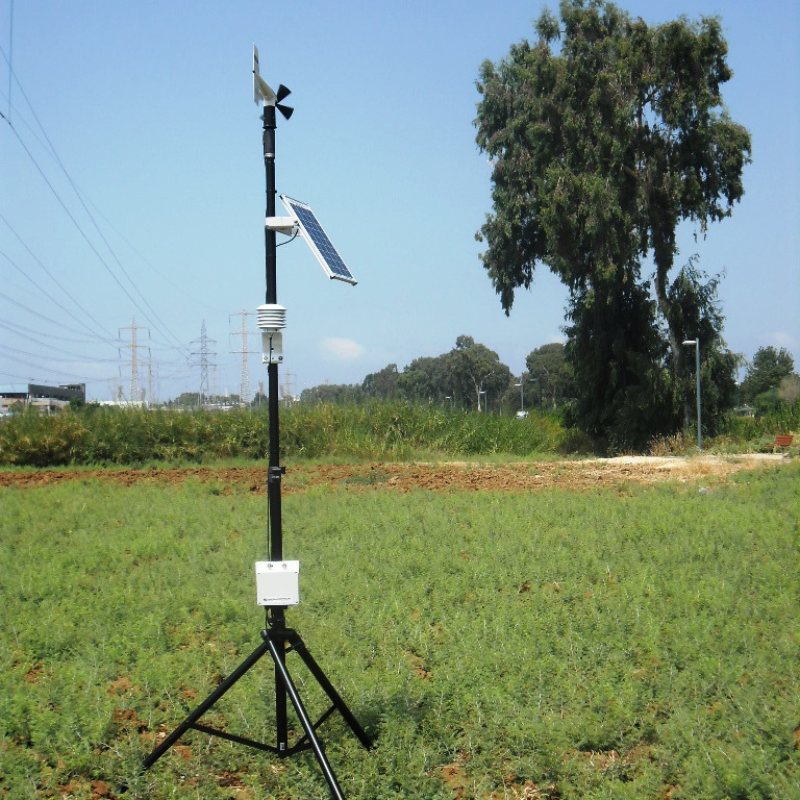Weather directly impacts crop growth, pest activity, and soil health. Timely access to weather data helps farmers plan planting, irrigation, and harvesting activities efficiently. By leveraging accurate forecasts, farmers can mitigate risks and boost productivity.
Key Meteorological Equipment for Agriculture
Weather Stations
Weather stations typically include instruments like thermometers, barometers, hygrometers, and anemometers. These devices collectively measure temperature, humidity, pressure, wind speed, and more.
Benefits of Weather Stations in Agriculture
By installing weather stations on farms, growers gain hyper-local data that supports irrigation planning, pest management, and frost protection.
Soil Moisture Sensors
How Soil Moisture Sensors Work
These sensors measure the water content in soil, providing data essential for irrigation management. They ensure crops receive adequate water without wastage.
Enhancing Irrigation with Soil Data
Soil moisture sensors help farmers prevent over-irrigation, reducing water costs and improving crop health.
Rain Gauges
Types of Rain Gauges
Rain gauges range from simple manual models to advanced digital versions with real-time data logging.
Applications in Crop Management
Knowing rainfall levels helps farmers plan supplemental irrigation and prevent waterlogging, ensuring optimal crop conditions.
Anemometers
Measuring Wind Speed for Crop Protection
Strong winds can damage crops and hinder spraying operations. Anemometers provide crucial data to minimize such risks.
The Role of Anemometers in Spraying Operations
Anemometers help farmers determine the best times for spraying pesticides or fertilizers, reducing drift and wastage.
Advanced Meteorological Tools for Precision Agriculture
Remote Sensing and Satellite Imagery
Satellites provide a bird’s-eye view of weather patterns and crop health, enabling large-scale monitoring.
Drones Equipped with Weather Sensors
Drones equipped with sensors can capture localized weather data and inspect hard-to-reach areas on farms.
Data Loggers and Software Integration
Data loggers store weather information, which can be analyzed using software to identify trends and improve decision-making.
Benefits of Using Meteorological Equipment
Improved Crop Yield
Accurate weather data allows farmers to optimize planting schedules and resource allocation, boosting productivity.
Efficient Water Management
With tools like soil moisture sensors and rain gauges, water usage is streamlined, conserving this precious resource.
Reduced Risk of Crop Failure
Weather monitoring reduces the uncertainty associated with adverse weather events, safeguarding crops and livelihoods.









